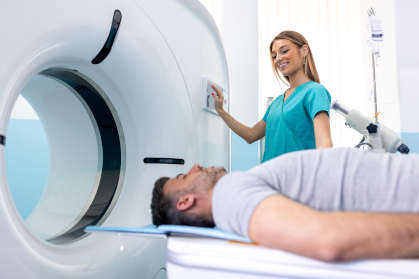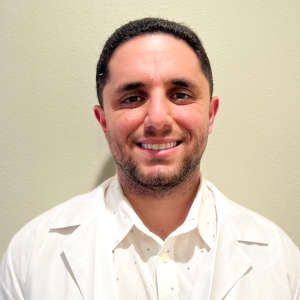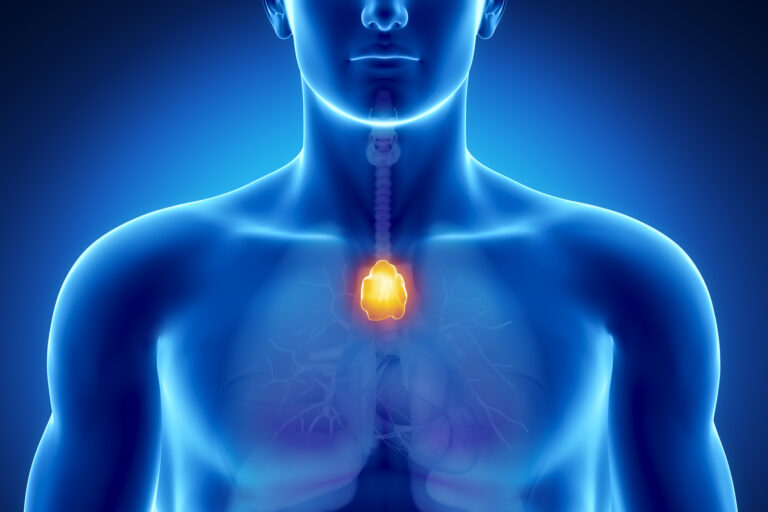
并非所有重症肌无力 (MG) 患者都会出现肌无力危象。然而,一旦发生,可能危及生命。本文探讨肌无力危象的症状、病因、诱发因素、诊断和治疗。
与专家讨论共付额援助
重症肌无力 重症肌无力是一种自身免疫性疾病,会导致全身肌肉无力。肌无力危象 (MC) 是指呼吸肌变得非常无力,通常需要呼吸机(呼吸机)辅助呼吸。肌无力危象是重症肌无力最严重的并发症。肌无力还会削弱吞咽肌。1这意味着你可能需要通过其他方式进食,比如鼻胃管或 肠外营养. MC 影响 15% 至 20% 重症肌无力 (MG) 患者,通常发生在 MG 诊断后的最初几年。近三分之一的 MC 幸存者可能会再次发作 [2].
什么原因导致重症肌无力危象?
在一半的病例中,具体原因尚不清楚。
呼吸道感染是常见的诱因。其他诱因包括[3]:
- 身体或情绪压力
- 跳过重症肌无力药物治疗
- 逐渐减少调节免疫功能的药物
- 抗生素、抗癫痫药、类固醇或抗心律失常药等药物
- 怀孕
- 分娩
- 经前综合征(PMS)
- 睡眠不足
- 疼痛
- 外科手术
- 甲状腺疾病
- 胸腺中出现的肿瘤
- 环境因素,例如极热或极冷的天气
症状:需要注意的事项
虽然被称为“危象”,但肌无力危象通常发展缓慢,突发性发作的情况很少见。如果您出现疑似肌无力的症状,请立即联系您的医生。如果您无法联系到您的医生,建议您前往急诊室进行检查。
MC 的症状包括:
- 浅呼吸
- 呼吸/说话困难
- 吞咽/咀嚼困难
- 下巴或舌头无力
- 鼻音
诊断

- 血气, 这有助于确定血液中的氧气和二氧化碳含量。
- 胸部X光检查, 它能提供您的肺部和心脏的可视化图像,让您的医生识别感染的迹象。
- CT扫描, 这有助于医生检查您的肺、心脏和血管。
- 核磁共振成像, 通常用于检查您的胸腺是否肿大。
- 肺功能测试(PFT), 用于测量您在特定时间内吸入和呼出的空气量。
肌无力危象治疗
重症肌无力危象是一种需要在医院治疗的医疗紧急情况。
治疗旨在增强您的呼吸肌并治疗病因。您还将开始服用适当的药物,以防止进一步的并发症。
呼吸支持
根据您呼吸困难的严重程度,医生可能会在您的气管中插入一根管子(插管),以帮助您更容易呼吸。这根管子连接到呼吸机,帮助您更轻松地呼吸。插管可能需要2周或更长时间,具体取决于您的呼吸和肌肉力量的改善情况。
或者,也可以使用双水平气道正压通气 (BiPAP) 装置。BiPAP 是一种使用面罩帮助空气进出肺部的呼吸机。
药物和疗法
免疫球蛋白 或血浆置换(血浆置换,简称PE)通常被认为是一线疗法。IVIG和PE均非常有效,在所有病例中约70%的患者病情得到显著改善。
此外,您的医生可能会给您开一些药物来抑制免疫系统并增强肌肉力量。您可能还需要静脉输液来预防低血压。
IVIG 有帮助吗?| 免费 IVIG 治疗信息
预后
过去几十年来,由于静脉注射免疫球蛋白(IVIG)和血浆置换等有效治疗方法的出现,重症肌无力导致的死亡人数急剧下降。美国的死亡率低于5%,且重症肌无力不太可能影响重症肌无力的长期预后。2].
预防重症肌无力危象的技巧
以下步骤可以降低发生肌无力危象的风险:
- 按照指示服用重症肌无力药物。
- 饭前约 30 分钟服药,以防止食物进入呼吸道。
- 吃营养饮食以达到最佳体重和肌肉力量。
- 避免与患有感冒或流感等呼吸道感染的人直接接触。
- 每天保证充足的睡眠。
- 有效地管理压力。
重症肌无力危象:常见问题解答
肌无力危象和胆碱能危象有什么区别?
肌无力危象是重症肌无力的一种并发症。当呼吸肌变得非常无力时,就会发生肌无力危象。另一方面,胆碱能危象发生在服用高剂量重症肌无力药物时。
重症肌无力危象的临床特征是什么?
呼吸困难或呼吸费力是最突出的临床特征。
肌无力危象与重症肌无力发作:它们是一样的吗?
重症肌无力发作和肌无力危象有所不同。重症肌无力发作通常会导致复视和步态不稳,而肌无力危象主要会导致呼吸困难。
参考:
- Nelke, C.、Stascheit, F.、Eckert, C. 等人。回顾性队列研究中重症肌无力患者肌无力危象和病情恶化的独立危险因素。《神经炎症杂志》19, 89 (2022)。https://doi.org/10.1186/s12974-022-02448-4
- Claytor B, Cho SM, Li Y. 肌无力危象。《肌肉与神经》。2023; 68(1): 8-19. doi:10.1002/mus.27832
- Wendell, Linda C 和 Joshua M Levine。“肌无力危象。”《神经住院医师》第1卷,第1期(2011年):16-22。doi:10.1177/1941875210382918












